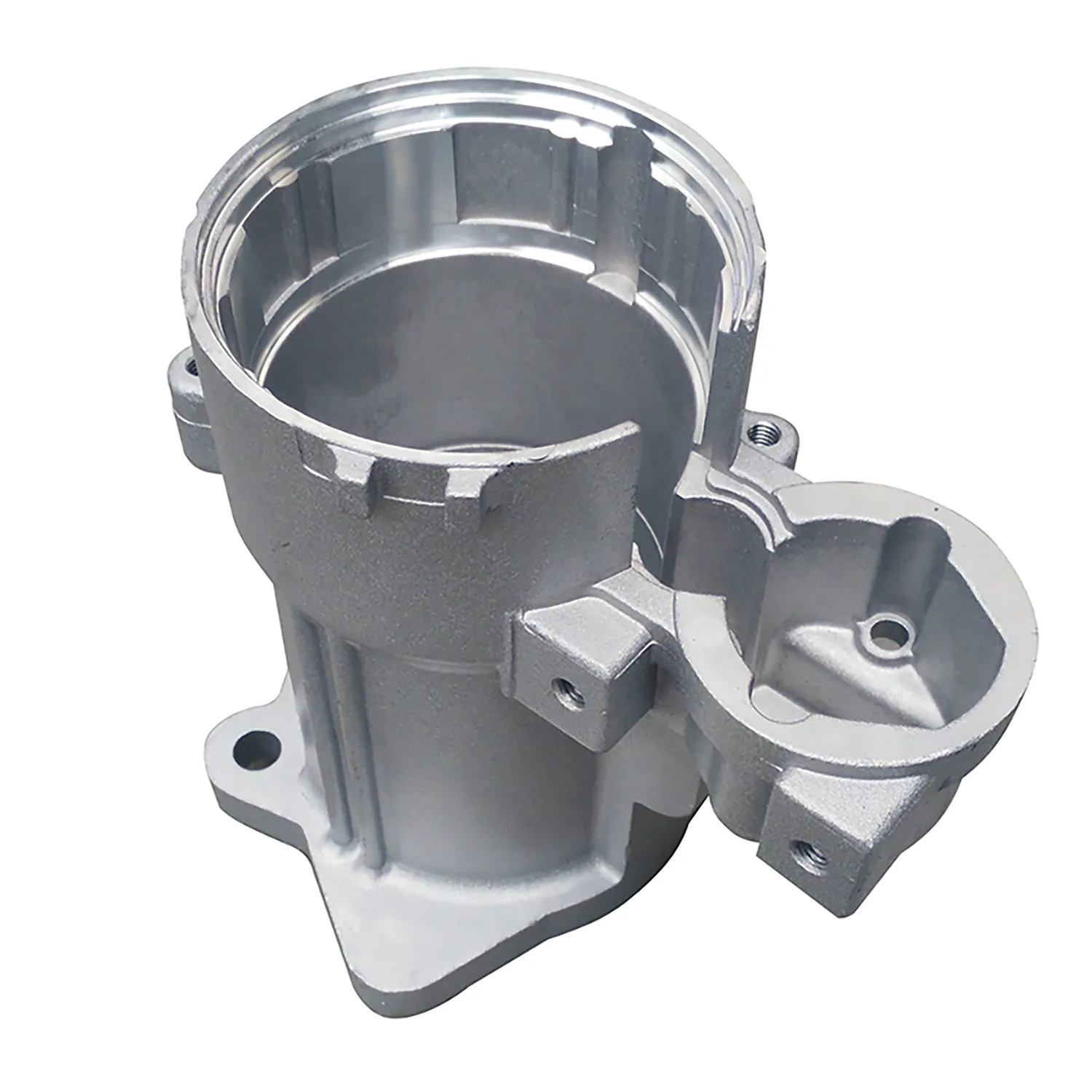Mobile:+86-311-808-126-83
Email:info@ydcastings.com
Exploring the Properties and Applications of 7075 Aluminum Alloy in Casting Processes
Understanding 7075 Aluminum Casting
Aluminum is one of the most widely used metals in various industries due to its excellent strength-to-weight ratio, corrosion resistance, and thermal conductivity. Among the many alloys available, 7075 aluminum is particularly renowned for its exceptional properties, making it a popular choice for casting applications.
What is 7075 Aluminum?
7075 aluminum alloy is primarily composed of zinc, with smaller amounts of magnesium, copper, and other elements. This combination gives it remarkable strength and high fatigue resistance, making it an ideal choice for applications that require materials to withstand heavy loading and stress. With a tensile strength that can reach up to 700 MPa, 7075 aluminum is often used in aerospace, military, and automotive applications where reliability and performance are critical.
Properties of 7075 Aluminum
One of the most significant properties of 7075 aluminum is its high strength, which is comparable to that of some steels. Despite this strength, it remains lightweight, making it suitable for applications where weight savings are crucial. Additionally, 7075 aluminum exhibits good machinability, allowing manufacturers to create intricate shapes and components. Its excellent thermal and electrical conductivity further enhances its versatility in various applications. However, it is worth noting that 7075 aluminum has lower corrosion resistance compared to other aluminum alloys, such as 6061, and often requires additional protective coatings, especially in highly corrosive environments.
Casting Processes
Casting is a process in which molten metal is poured into a mold to create a specific shape. For 7075 aluminum, various casting methods can be employed, including sand casting, die casting, and investment casting. Each method has its advantages and limitations, and the choice of process often depends on the specific requirements of the application, such as dimensional accuracy, production volume, and surface finish.
7075 aluminum casting

1. Sand Casting This traditional method uses sand molds to create complex shapes. Sand casting is relatively inexpensive and allows for the production of large parts. However, it may not provide the same level of precision and surface finish as other methods.
2. Die Casting In this process, molten aluminum is injected into a reusable metal mold. Die casting is known for its ability to produce high volumes of precise, dimensionally stable components with excellent surface finishes. It is particularly effective for creating smaller components with intricate details.
3. Investment Casting This method involves creating a wax pattern that is coated with a ceramic shell. Once the shell hardens, the wax is melted away, and molten aluminum is poured into the cavity. Investment casting is ideal for producing parts with complex geometries and tight tolerances.
Applications of 7075 Aluminum Casting
7075 aluminum casting is utilized in various high-performance applications. In the aerospace industry, it is commonly used for aircraft structures, wing components, and fuselage parts due to its lightweight and strength properties. The military sector also relies on 7075 aluminum for manufacturing weaponry and defense equipment that require durability and resistance to fatigue. In the automotive industry, it is used for race car chassis and high-performance vehicle components where every gram counts towards achieving better speed and efficiency.
Conclusion
In summary, 7075 aluminum casting plays a pivotal role in advanced manufacturing processes across several industries. Its unmatched strength-to-weight ratio, combined with versatility in casting methods, makes it an ideal choice for applications demanding high-performance materials. As technology advances and the demand for lightweight, durable materials increases, the use of 7075 aluminum is expected to grow even further, solidifying its place as a critical material in modern engineering.
-
Why Should You Invest in Superior Pump Castings for Your Equipment?NewsJun.09,2025
-
Unlock Performance Potential with Stainless Impellers and Aluminum End CapsNewsJun.09,2025
-
Revolutionize Your Machinery with Superior Cast Iron and Aluminum ComponentsNewsJun.09,2025
-
Revolutionize Fluid Dynamics with Premium Pump ComponentsNewsJun.09,2025
-
Optimizing Industrial Systems with Essential Valve ComponentsNewsJun.09,2025
-
Elevate Grid Efficiency with High-Precision Power CastingsNewsJun.09,2025











